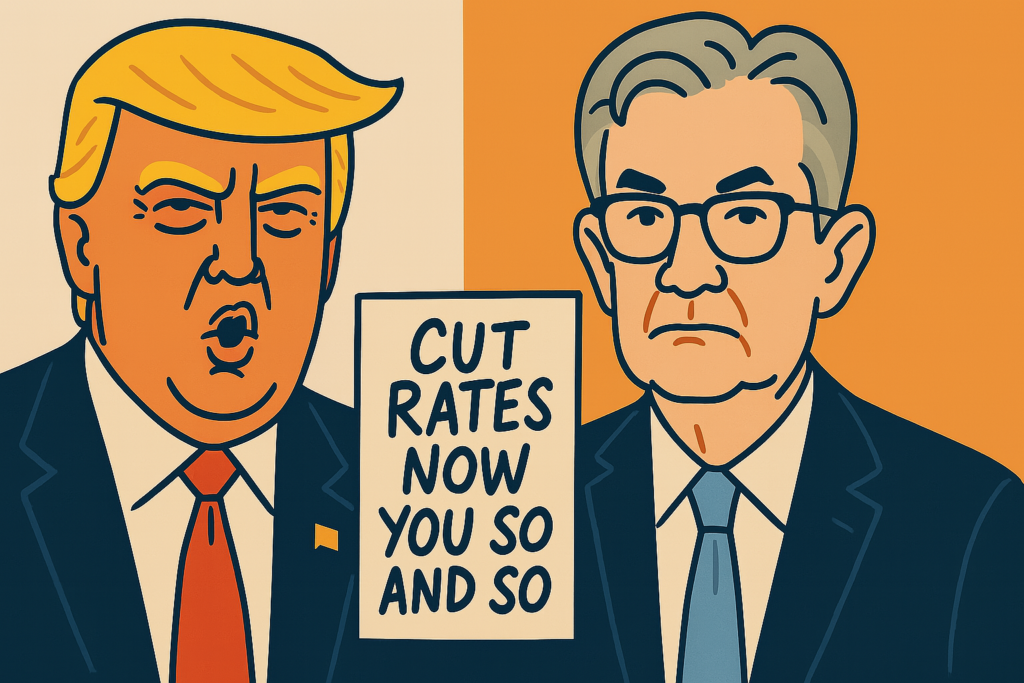The US Dollar NEER has since 12th February appreciated about 2.3% to a 4-month high and its inverse correlation with the S&P 500 (-4.2%) has re-established itself. This is in line with our forecast that the Dollar’s sell-off in early February was “a small, short-term correction” rather than “another prolonged downtrend”. If anything we were not bullish enough.
We are also sticking with our view “that material Dollar depreciation may not resume for another couple of months, until it becomes clearer that a matrix of loose US fiscal policy but still low US interest rates will dent the Dollar’s attractiveness”.
At the same time we think the slow start of the vaccination process in many major developed and EM economies could delay a meaningful rebound in global confidence and GDP growth and continue to act as a brake for emerging market currencies as a whole.
Macro data indeed point to still weak global growth in early 2021, in our view. However, the significant build-up of private sector savings in developed economies offers the prospect of pent-up demand being unleashed once vaccination programs have matured and governments have materially eased domestic lockdown measures.
Moreover, US economic activity – as measured by income and consumption – recovered in January-February, albeit from a low base, thanks in part to fiscal stimulus measures, a strengthening of the labour market and reasonably loose social distancing measures.
It is early days but so far financial markets’ reaction to British Chancellor of the Exchequer Sunak’s UK Budget announcement on 3rd March 2021 has been pretty tepid.
This is in line with recent years’ budgets, with Sterling, the FTSE 100 and UK Gilts moving little on budget day and in subsequent trading sessions, and in line with our forecast that this year’s “two-pronged transitional” budget would be no different.
We maintain our view that policies largely outside of the Chancellor’s remit – particularly the relative pace of vaccination in the United Kingdom and by extension the likely timeline for a relaxation of still stringent lockdown measures and recovery in domestic economic growth – will continue to drive domestic financial markets, including Sterling.
US Dollar defying bearish gravitational pull
The Dollar Nominal Effective Exchange Rate (NEER) – a (Federal Reserve) trade-weighted average of the Dollar versus the currencies of the United States’ main trading partners – depreciated about 1.1% from 4th February (a 10-week high) to 12th February, according to our estimates (see Figure 1).
However, the Dollar NEER has since appreciated about 2.3% to a 4-month high and its inverse correlation with the S&P 500 (-4.2%) has re-established itself (see Figure 2). The narrower DXY index has appreciated 1.7% to its strongest level since 1st December. This is in line with our forecast that the Dollar’s sell-off in early February was “a small, short-term correction” rather than “another prolonged downtrend” (see Dollar’s recent weakness – Blip, not new trend, 12th February 2021). If anything we were not bullish enough.
We are also sticking with our view “that material Dollar depreciation may not resume for another couple of months, until it becomes clearer that a matrix of loose US fiscal policy but still low US interest rates will dent the Dollar’s attractiveness. At the same time we think the slow start of the vaccination process in many major developed and EM economies could delay a rebound in global confidence and GDP growth and in turn act as a brake for EM currencies as a whole”.
US economic activity has rebounded in 2021 but still patches of weakness
Macro data point to still weak global economic growth in early 2021, in our view. However, the significant build-up of private sector savings in developed economies, partly driven by loose fiscal and monetary policies alongside limited opportunities to spend and invest, offers the prospect of pent-up demand being unleashed once vaccination programs have matured and governments have materially eased domestic lockdown measures. Moreover, economic activity in the United States – as measured by income and consumption – recovered in January-February, albeit from a low base, thanks in part to fiscal stimulus measures, a strengthening of the labour market and reasonably loose social distancing measures.
According to the BEA “Other personal current transfer receipts” rose 3.6 fold in January as a result of US households receiving Covid-19 relief cheques and we estimate this increase accounted for about 86% of the 10% mom rise in total personal income. In real terms personal disposable income rose 11% mom in January (see Figure 3). Moreover the economy created 545,000 non-farm jobs in January-February. This likely explains the (real) increase of 4.9% mom in retail sales and 2.0% mom increase in the broader measure of personal consumption in January and uptick in US consumer confidence in February.
Other measures of US economic activity have arguably been more mixed (see Biden’s trump cards and challenges, 12th January 2021). Durable goods orders rebounded 3.4% mom in January but new orders for nondefense capital goods excluding aircrafts – a proxy for domestic investment – edged up only 0.4% mom. Finally, while the ISM PMI rebound in February points to decent activity in the manufacturing sector, the 3.4 percentage point fall in the arguably more important ISM non-manufacturing PMI (the largest since April) suggests that the vital US service sector remains somewhat vulnerable.
UK Budget: Households and corporates care, markets seemingly looking elsewhere
It is early days but so far financial markets’ reaction to Chancellor of the Exchequer Sunak’s UK Budget announcement on 3rd March 2021 has been pretty tepid. This is in line with recent years’ budgets, with Sterling, the FTSE 100 and UK Gilts moving little on budget day and in subsequent trading sessions, and in line with our forecast that this year’s “two-pronged transitional” budget would be no different” (see Transitional UK budget unlikely to rattle markets, 1st March 2021).
We estimate that the Sterling NEER – a (Bank of England) trade-weighted average of Sterling versus the currencies of the United Kingdom’s main trading partners – is at time of writing broadly unchanged since since 2nd March (see Figure 4). Similarly, the FTSE 100 is up only 1.4% while 2-year Gilt yields have risen less than 4bp.
We maintain our view that policies largely outside of the Chancellor’s remit – particularly the relative pace of vaccination in the United Kingdom and by extension the likely timeline for a relaxation of still stringent lockdown measures and recovery in domestic economic growth – will continue to drive domestic financial markets, including Sterling. The UK was one of the first countries to formally approve one or more Covid-19 vaccines and started to vaccinate its population on 8th December. As a result we estimate that by end-January the UK had (impressively) given as many vaccinations as the Eurozone or about 9.5 million doses (see Figure 5). By mid-February the Eurozone had only given 1.2 million doses more than the UK.
The speed of the UK’s vaccination program has resulted in a rapid fall in new Covid-19 cases, hospitalisation rates and deaths. This in turn allowed the British government to pre-announce a gradual (and still Covid-19 data dependent) easing of national lockdown measures which was formally announced on 22nd February and will start on 8th March with a re-opening of schools. These trends and policy announcements were arguably a key driver of Sterling’s outperformance versus the Euro between early January and mid-February (see Figure 6). Conversely a number of Eurozone countries, including France and Germany, have been forced to re-tighten national lockdown measures in the past fortnight.
The number of daily Covid-19 doses given in the UK continues to materially exceed the corresponding number of doses in individual Eurozone economies, including Germany and France. However, in aggregate the Eurozone has since late-January given more doses than the UK and this gap has widened more noticeably since mid-February. While individual Eurozone countries still have a lot of catching up to do (and will in our view complete their vaccination programs of adult populations much later than the UK) the pace of vaccination in the Eurozone in aggregate may at the margin explain why the GBP/EUR cross has been range-bound in the past three weeks (see Figure 6).
The question, which we will explore in subsequent FIRMS reports, is whether the planned easing of the UK lockdown – which is due to gather pace from April onwards – will result in the UK economy and by extension Sterling once again starting to outperform the Eurozone economy and Euro.













